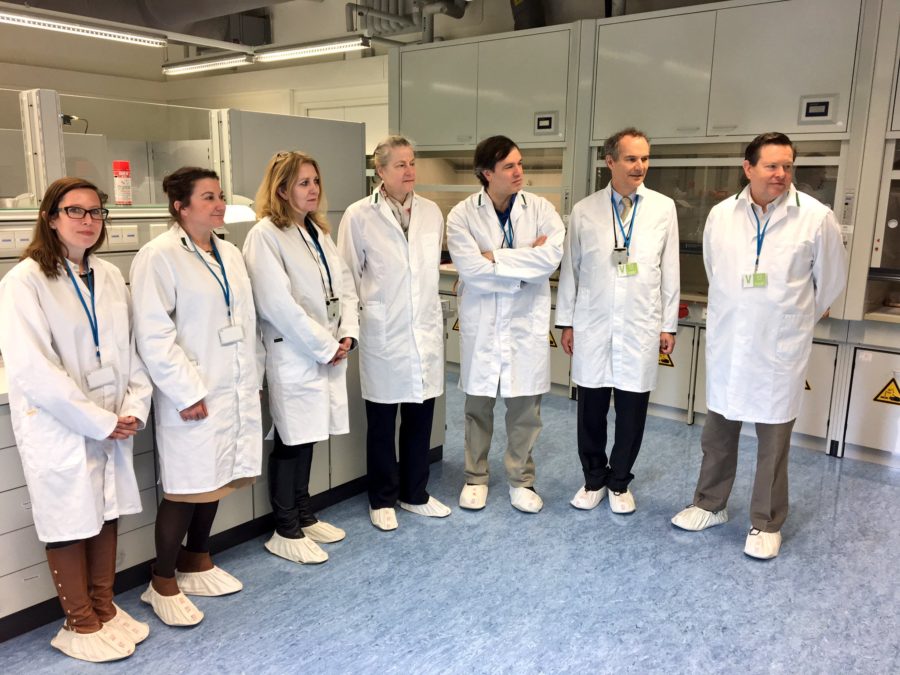Hundreds of anopheles mosquitoes are drinking warm blood. Nearby, thousands of fruit fly larvae are tucking into a tasty compote of fruit, writhing, munching and even, alarmingly, jumping in the air. In another part of the lab tsetse flies – hardest to breed – sit solemnly in mesh containers, from which they too can drink fresh blood.
I’m at the IAEA’s Seibersdorf laboratory, about an hour outside Vienna. In addition to looking at “safeguards” work related to non-proliferation (ie making sure that civil nuclear facilities are not doing anything inappropriate which could lead to development of military nuclear capabilities) we are here to look at the “nuclear sciences and applications” labs, where nuclear techniques are applied to issues such as insect pest control; health applications such as radiotherapy; and animal health, eg making sure that valuable livestock do not suffer from debilitating sleeping sickness.
This matters because while many people understand well the focus of the IAEA on counter-proliferation, the Agency’s huge amount of good work addressing the UN’s Sustainable Development Goals (SDGs) is less well known. For example, those show-stealing and occasionally somewhat creepy mosquitoes, fruit flies and tsetse flies are used to produce sterile males. When this technique is replicated in-country, and sterile males are released into the wild, it can help to bring under control insect populations which are responsible for spreading the zika virus; harming cattle health in some of the poorest countries of the world; or disrupting agricultural production.
The UK supports the work at Seibersdorf and has recently provided funding towards the much-needed renovation of the laboratories, including towards a new building which will house new radiotherapy equipment for cancer treatment. Indeed, a new lab partly funded by the UK is rising right now in Seibersdorf. All of this is important because the work carried out in these labs will play a role in achieving all of our shared aims on the SDGs.
I look forward to visiting the labs – including the insects – again. I hope by then I will have stopped dreaming about the blood-sucking denizens of Seibersdorf.

